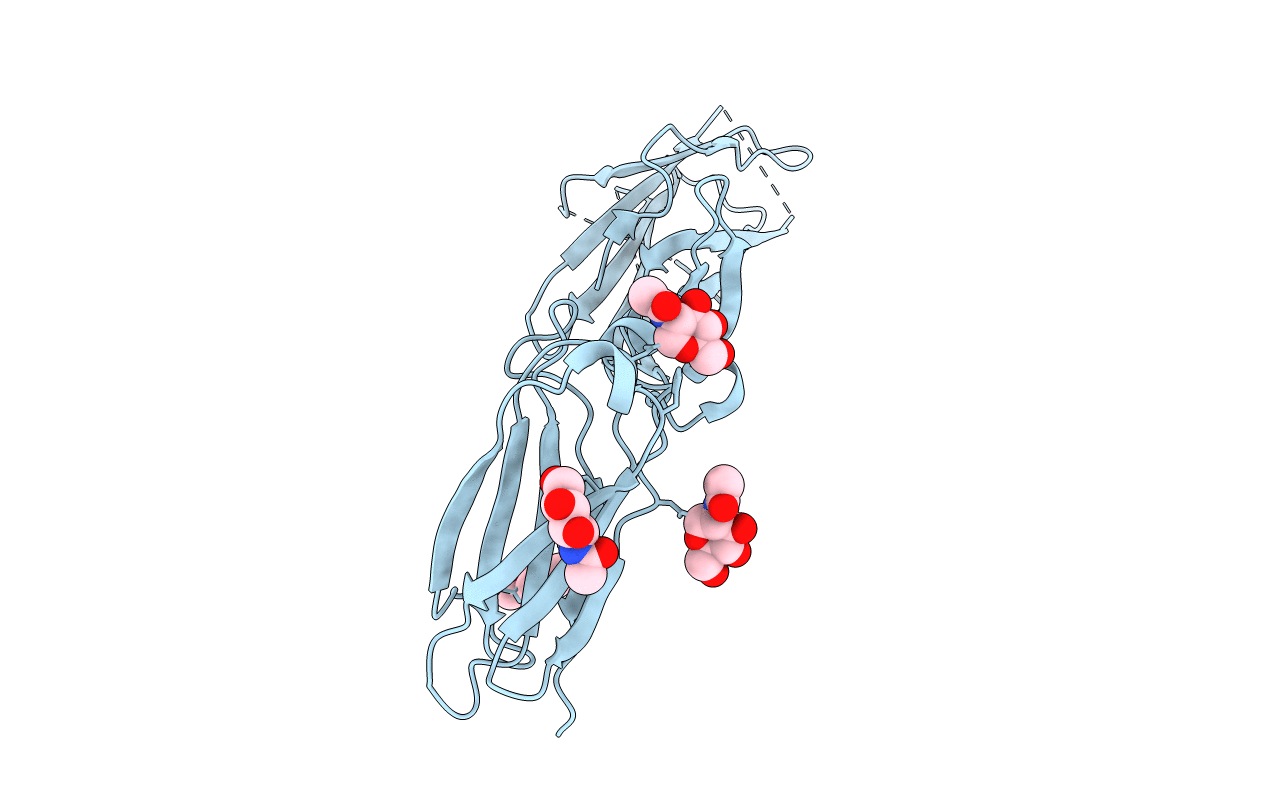
Deposition Date
2017-02-24
Release Date
2018-06-13
Last Version Date
2024-11-06
Method Details:
Experimental Method:
Resolution:
1.90 Å
R-Value Free:
0.23
R-Value Work:
0.19
R-Value Observed:
0.19
Space Group:
P 21 21 21


